Ssangam Park (쌍암공원)
9.4Km 2021-08-13
39, Cheomdanjungang-ro 182beon-gil, Gwangsan-gu, Gwangju
+82-62-960-8704
Ssangam Park is located in front of the Gwangju Institute of Science and technology within Cheomdanjigu (the high-technology district) in Gwangsan-gu, Gwangju. Thanks to the beautiful lake at its center, the park is also known as “Lake Park.” The lake is surrounded with landscaped azaleas and pine trees and is home to several fountains. At least once a month, a cultural festival takes place at the park.
Convenience facilities include 146 benches, 3 restrooms, and 3 playgrounds. The park is especially popular among students since it has a gym and a wide grassy field perfect for playing sports.
Green Energy Experience Hall Gwangju-Jeonnam Regional Headquarters (녹색에너지체험관 (광주전남지역본부))
9.9Km 2024-02-14
123 Cheomdangwagi-ro, Buk-gu, Gwangju
Green Energy Experience Hall is located within the Gwangju Jeonnam Regional Headquarters of the Korea Energy Agency. Here, visitors can learn about the importance of energy conservation and discover methods to save energy in everyday life. Key facilities include the Green Energy Experience Hall, the Outdoor Experience Hall, and the LED Exhibit Hall. Admission is free, and the center welcomes visitors aged five years and older.
Yeongsangang River Culture Pavilion (영산강문화관)
10.1Km 2020-06-09
90, Seungchonbo-gil, Nam-gu, Gwangju
+82-62-335-0866
With the slogan “Yeongsangang River, where Nature and Life Coexist,” Yeongsangang River Culture Pavilion consists of an open space that blends well with the surrounding natural environment. The center provides a variety of educational programs and hands-on events, through which visitors can increase their understanding of the Yeongsangang River restoration project, the history of Namdo region, and the cultural and ecological environment of the area.
Homeplus - Donggwangju Branch [Tax Refund Shop] (홈플러스 동광주)
10.1Km 2024-04-22
200, Dongmun-daero, Buk-gu, Gwangju
-
Gwangju National Science Museum (국립광주과학관)
10.3Km 2021-05-24
235, Cheomdangwagi-ro, Buk-gu, Gwangju
+82-62-960-6210
Gwangju National Science Museum was opened in 2013 to promote science. The museum specializes in light and science with a spaceship-shaped exterior. Many of the exhibitions consist of hands-on programs, providing visitors a chance to use their imagination to further learn about science.
Coboc (커볶)
10.4Km 2024-02-13
161-7 Jiho-ro, Dong-gu, Gwangju
Coboc, established in 2006, is a café located near the Jisan Recreation Area at the base of Mudeungsan Mountain. This café is particularly known for its stunning views, especially during sunset. Among its signature offerings are the Mudeungsan Gureum Coffee, a unique cheese cream coffee, and a bagel with chives and bacon. The Mudeungsan Gureum Coffee is distinctively topped with a white, soft cheese cream, reminiscent of the clouds that grace the mountain.
Hotel Mudeung Park (무등파크호텔)
10.6Km 2021-02-01
14-10, Jiho-ro 164beon-gil, Dong-gu, Gwangju
+82-62-226-0011
Opened in 2004, Hotel Mudeung Park is located at the foot of Mudeungsan Mountain. Situated in a leisure town measuring an impressive 495,000 m², the hotel is one of the representative hotels of Gwangju and is known for its high-quality facilities and services.
In addition to its posh guestrooms, Hotel Mudeung Park offers a myriad of facilities including a convention hall, a banquet hall, a business center, restaurants, a wine bar, a driving range, a bowling alley, and an observatory with a panoramic view of downtown Gwangju.
Mudeungsan Lift Monorail (Jisan Park) (무등산 리프트모노레일 (지산유원지))
10.6Km 2023-12-22
14-10 Jiho-ro 164beon-gil, Dong-gu, Gwangju
To use the lift and monorail located at Jisan Park in Gwangju, visitors can purchase a ticket at the ticket office in the convenience store on the first floor and go up to the boarding area on the second floor. Get on the lift with a track length of 745 meters and an operating speed of 12 m/sec and climb for about 20 minutes while enjoying the scenery of Mudeungsan Mountain to arrive at Bitgoeul Station. From here, visitors can transfer to the monorail. Passengers can feel the thrill of riding toward the top on a monorail which can accommodate about 20 people at a time. A spectacular view of Mudeungsan Mountain will unfold in all directions. The view of Gwangju from Palgakjeong Observatory at the end of the monorail is a beautiful sight that visitors to Gwangju must see at least once as it is a famous attraction to enjoy the view of Gwangju.
Seryangji Reservoir (세량지)
10.6Km 2019-11-06
+82-61-374-0001
Selected by CNN as one of the 50 beautiful places to visit in South Korea, Seryangji Reservoir offers amazing scenery not to be missed. The best time to visit is during spring when the cherry blossoms bloom along the lakeside. The reservoir on misty mornings and when the waters mirror the cherry blossoms are the most popular views. The site is especially popular among photographers.
Mudeungsan National Park (무등산국립공원)
10.7Km 2023-11-14
29 Dongsan-gil, Dong-gu, Gwangju
+82-62-227-1187
Mudeungsan National Park is a mountain park lining the edge of Hwasun-gun, Damyang-gun and Gwangju. Mudeungsan Mountain (1,186 meters) features three rock peaks called Cheonwangbong, Jiwangbong, and Inwangbong, also known as the “Jeongsang Three."
Mudeungsan’s gradual slope makes it an easy climb for all. Among the more majestic of these sites are the Seoseokdae, Gyubong, and Ipseokdae peaks. At the base of the mountain are several famous temples including Yaksasa, Jeungsimsa, and Wonhyosa Temples. Mudeungsan Mountain is also known for its beauty throughout the year. The autumn leaves around Gyubongam Hermitage and silver grass of Baengma Ridge are quite spectacular. In winter, snow and ice on the mountain create exquisite scenery as well.
Below the mountain, there are a variety of recreational facilities and tourist sites for visitors.
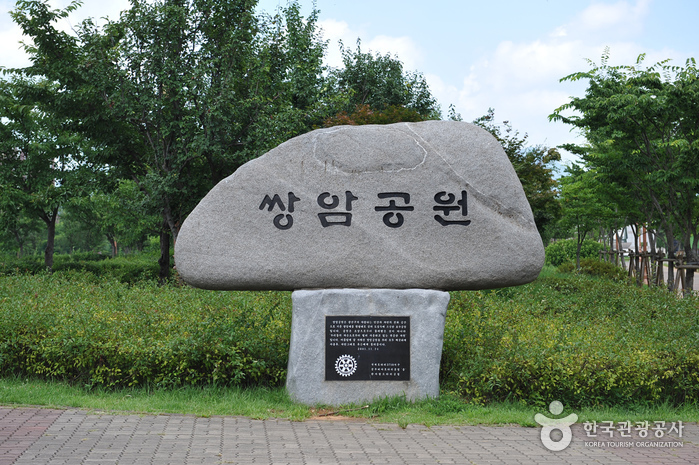
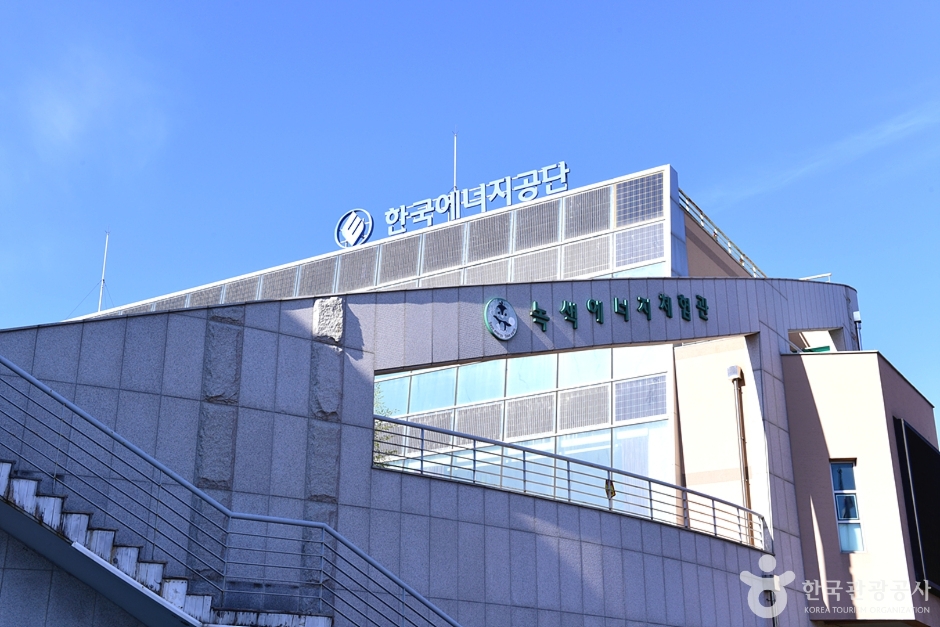

![Homeplus - Donggwangju Branch [Tax Refund Shop] (홈플러스 동광주)](http://tong.visitkorea.or.kr/cms/resource/30/2886830_image2_1.jpg)
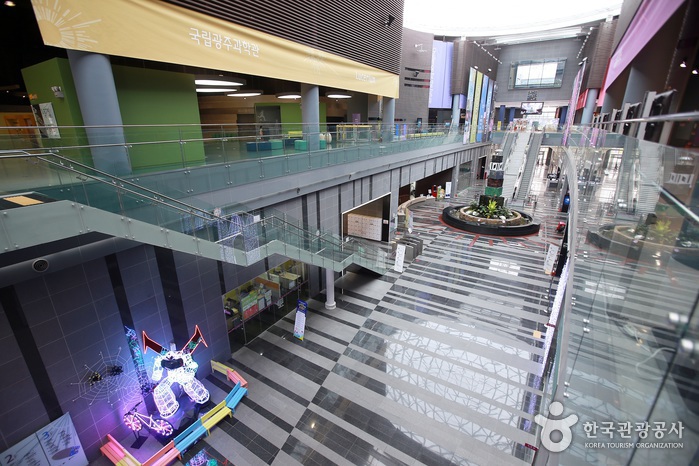
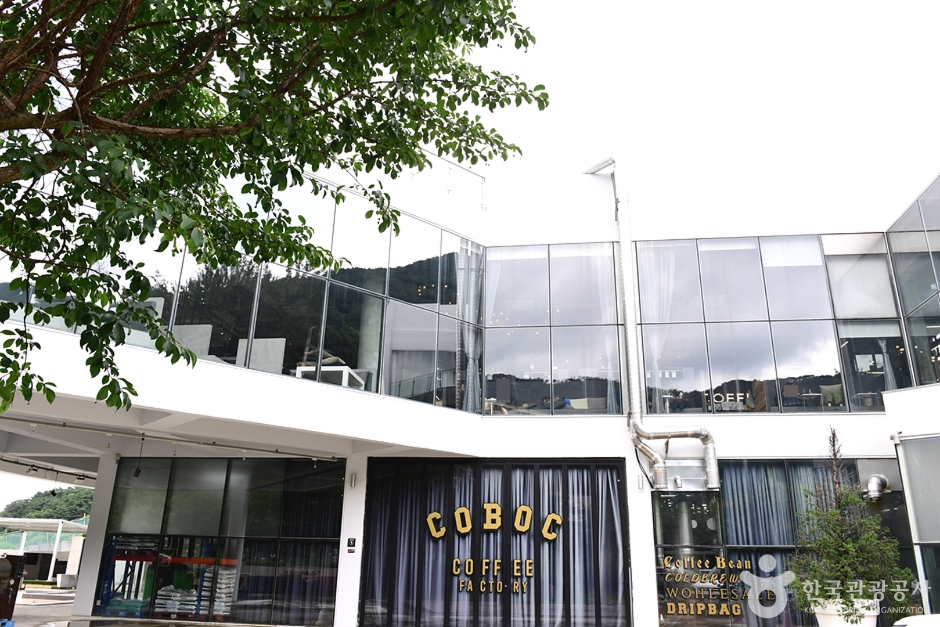
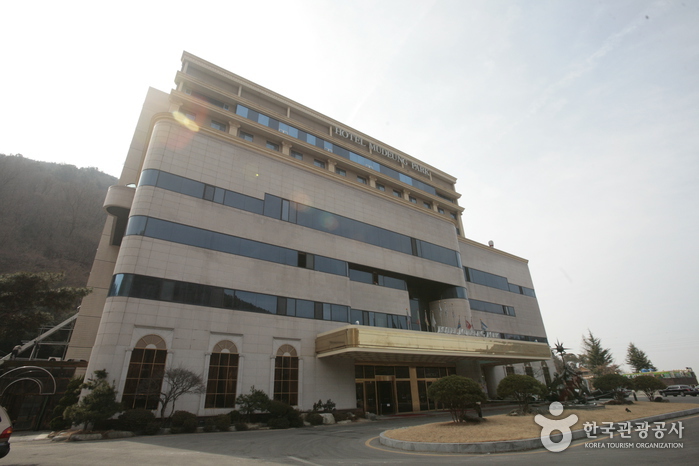
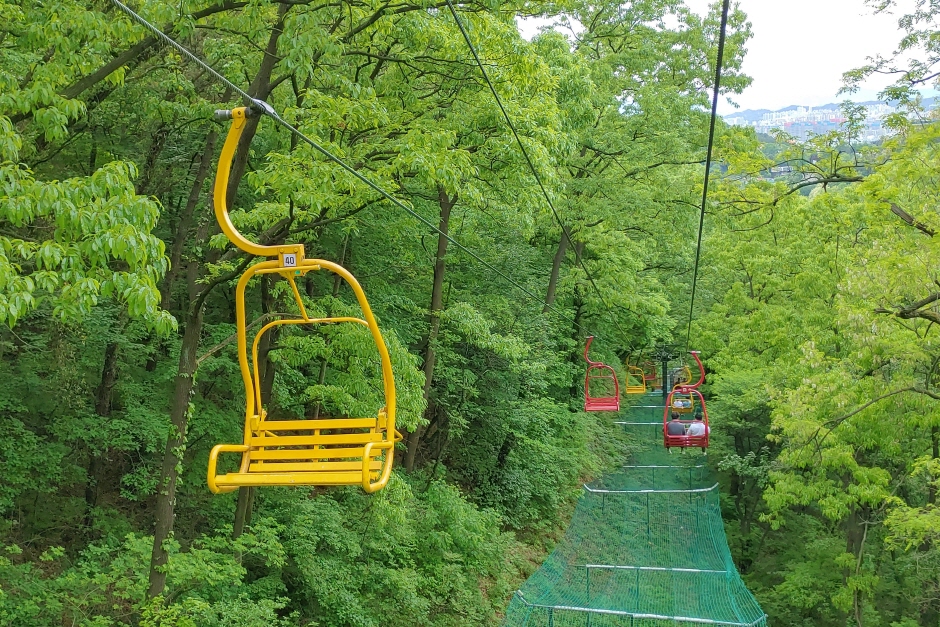
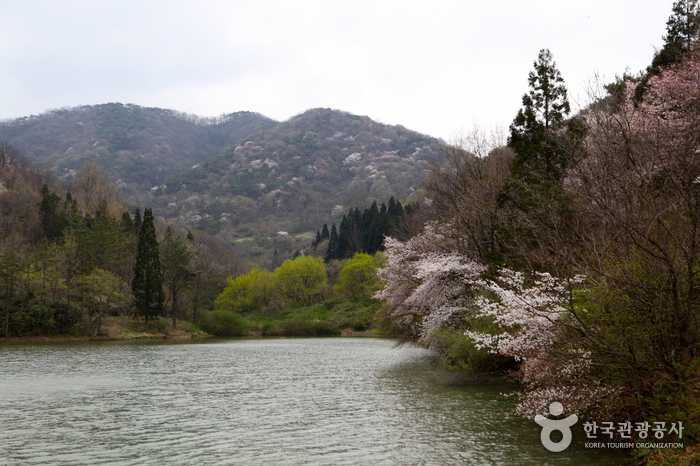
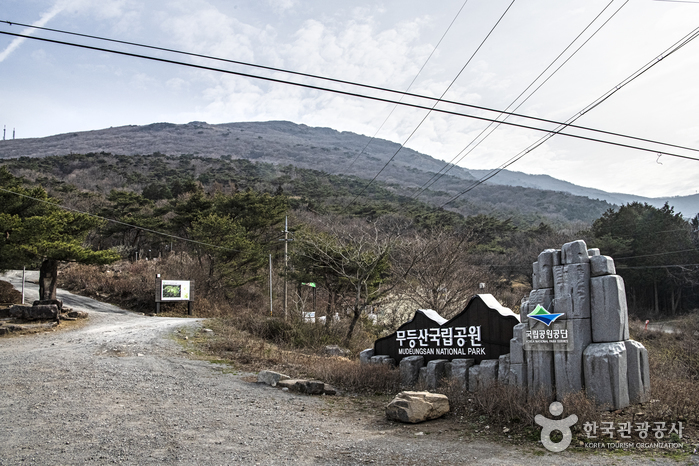
 English
English
 한국어
한국어 日本語
日本語 中文(简体)
中文(简体) Deutsch
Deutsch Français
Français Español
Español Русский
Русский